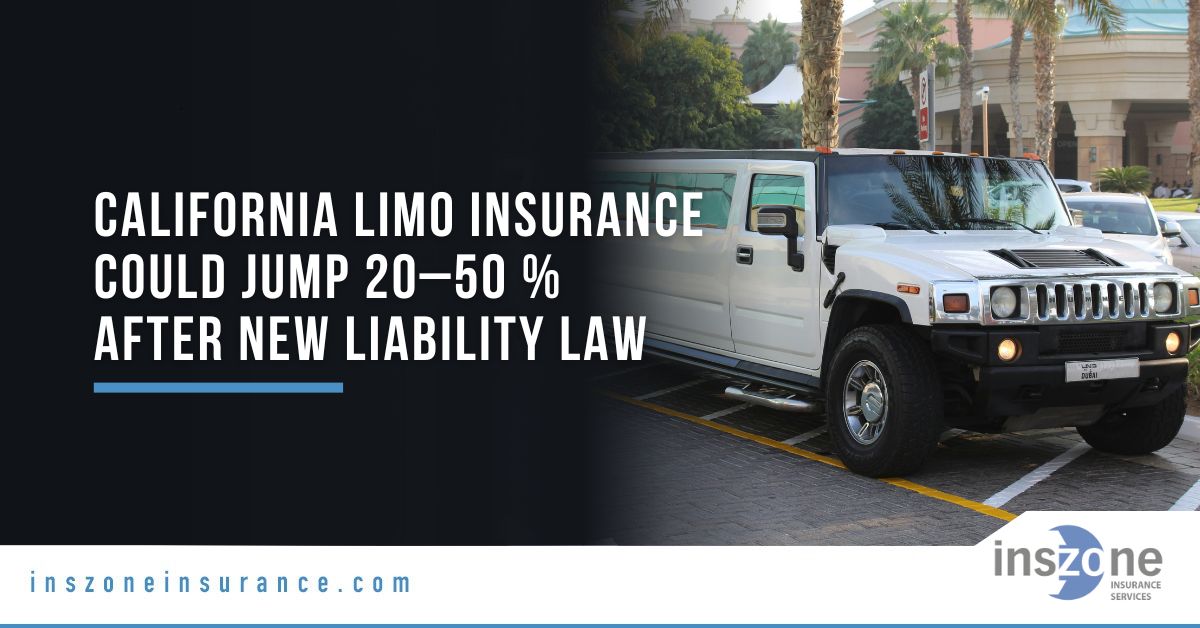California’s luxury transportation industry is entering a new chapter. With Assembly Bill 1807 taking effect on July 1, 2025, limo and black-car operators must meet much higher insurance standards. While the law is aimed at passenger safety, it also brings steep cost increases for operators and business owners who rely on commercial vehicles to serve customers. Many are bracing for premium jumps of 20–50% depending on fleet size, service type, and location.
What Changed Under AB-1807?
Assembly Bill 1807 significantly raised the bar for commercial passenger carriers:
- New minimum liability: $2 million combined single limit per vehicle.
- Old requirement: $750,000 for sedans and small SUVs, $1 million for larger vans, $1.5 million for stretch limos.
- Effective date: July 1, 2025.
- Applies to: charter-party carriers, transportation-network companies (TNCs), airport transfers, and tour operators.
For context, California’s limit is now among the strictest in the nation, higher than many East Coast and Midwest states.
Who Is Feeling the Pressure?
Not all operators face the same impact. The hardest hit are small and mid-sized businesses that had relied on lower thresholds:
- Small limo fleets (1–10 vehicles): Owners now pay multiples of their previous liability premiums, often with less negotiating power than larger fleets.
- Black-car and executive drivers: Independent drivers using SUVs or sedans once insured under personal policies now need full commercial coverage.
- Wine tour and party-bus operators: Multi-county trips mean more miles, higher risk exposure, and higher premiums.
- Airport transfer services: SFO, LAX, and SAN permits require proof of compliance, leaving operators no choice but to raise coverage.
Why Are Premiums Rising So Sharply?
Several converging factors explain why operators are seeing premiums climb:
- Higher liability limits: Insurers must hold larger reserves for potential payouts, raising the base cost.
- Social inflation: California jury awards for passenger injury and wrongful death cases rose 18% between 2022 and 2024, with more “nuclear verdicts.”
- Repair costs: Modern limos and SUVs feature advanced driver-assist systems, panoramic roofs, and custom interiors. Even minor repairs cost 30–40% more than pre-pandemic.
- Theft and vandalism: Catalytic converter and wheel thefts doubled statewide since 2022, raising comprehensive rates.
What Coverage Do Limo Operators Need in 2025?
Meeting only the minimum liability is rarely enough. Below is a snapshot of recommended coverages for operators in 2025:
| Coverage | Typical Limit | 2025 Watch-Item |
|---|---|---|
| Auto Liability (Bodily Injury & Property Damage) | $2M CSL | Mandated by AB-1807; certificates must be filed with CPUC and airport authorities. |
| Physical Damage | Stated value or Actual Cash Value | Ensure values match today’s higher replacement costs. |
| Uninsured / Underinsured Motorist | Match liability limit if possible | UM claims rose 11% on California freeways in 2024. |
| Workers’ Compensation | Statutory | Applies even to contractors if they’re dispatched or scheduled. |
| Excess / Umbrella | $3–5M+ | Commonly required for corporate contracts and airport work. |
How Can Operators Manage Rising Costs?
While the new law makes higher premiums unavoidable, operators still have levers to reduce risk and demonstrate responsibility to insurers:
- Install dash cams with telematics: Outward- and inward-facing systems can cut 5–10% off premiums.
- Defensive driving programs: Regular training and quarterly MVR checks show insurers you’re committed to safety.
- Adjust deductibles wisely: Moving collision deductibles from $500 to $1,000 may reduce premiums by ~8% without major exposure.
- Bundle coverages: Garage liability plus auto in one package often reduces administrative fees.
- Document maintenance: Keeping digital logs of brake, tire, and oil services builds trust with underwriters.
Ready for a compliance check?
Inszone shops several admitted and surplus-line markets,
finds dash-cam and telematics discounts and delivers CPUC-ready certificates—often the same day. Request a limo policy review now.
Are There Incentives for Cleaner, Safer Fleets?
California continues to push toward greener and safer transportation. Operators upgrading vehicles may qualify for subsidies:
- California HVIP vouchers: Up to $60,000 for zero-emission shuttle vans.
- Carl Moyer Program: Funding to replace or repower diesel engines older than 2010.
- Federal Clean Commercial Vehicle Tax Credit: Up to $40,000 per qualifying electric or fuel-cell vehicle.
What This Means for Passengers and Business Owners
For passengers, the law promises safer rides backed by stronger financial protection in the event of an accident. For operators, however, the challenge is balancing compliance with profitability. Many small business owners must now weigh fleet upgrades, price adjustments for customers, and cost-saving strategies to keep services accessible. In practical terms, this may mean slightly higher fares for wine tours, airport transfers, and special events—but also more reliable coverage when it matters most.
Sources and Further Reading
- California Legislative Information – AB-1807
- California Public Utilities Commission (CPUC)
- National Association of Insurance Commissioners
- National Highway Traffic Safety Administration – Safety Updates
- California HVIP Voucher Program
- California Air Resources Board – Carl Moyer Program
- U.S. Department of Energy – Clean Commercial Vehicle Tax Credit





